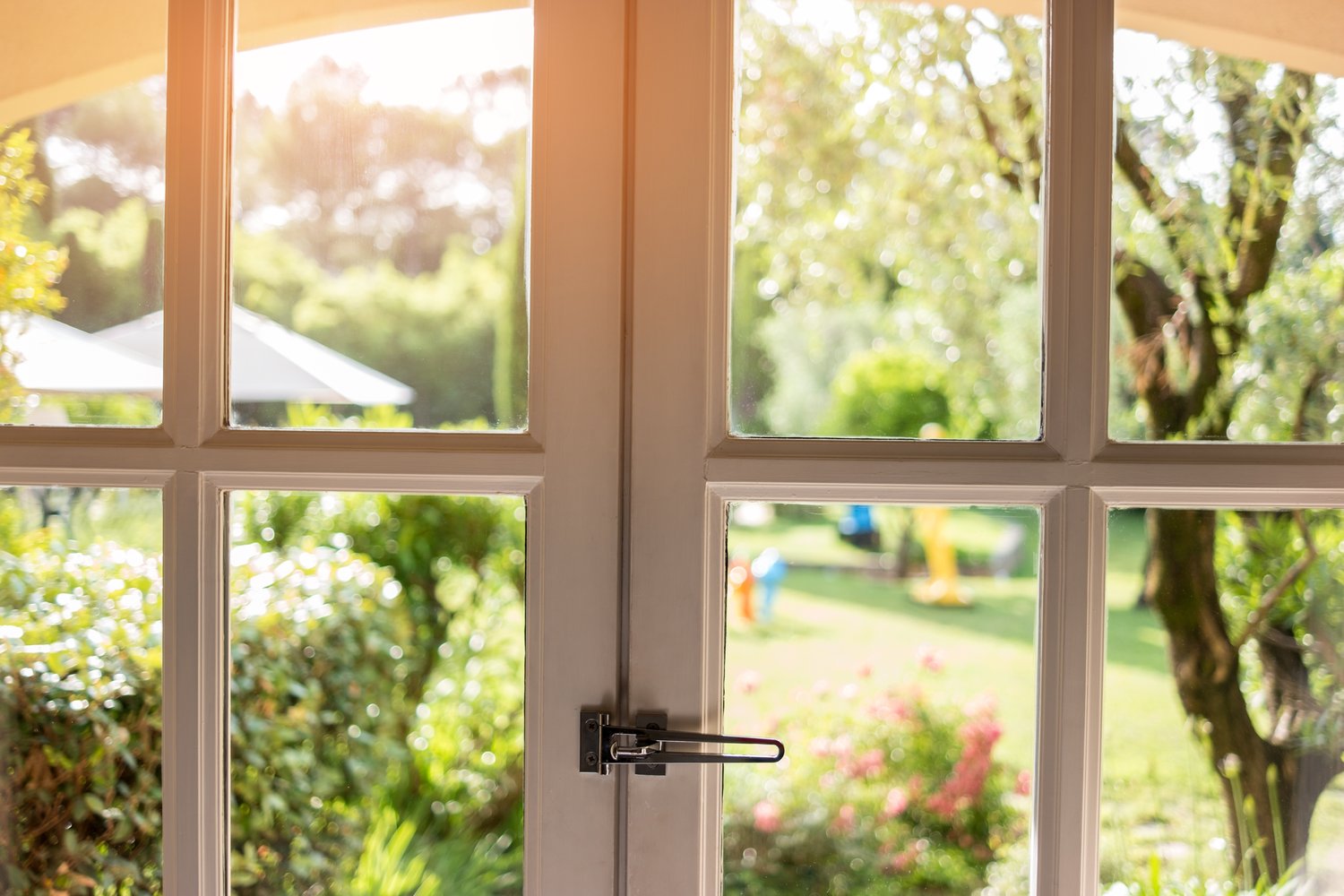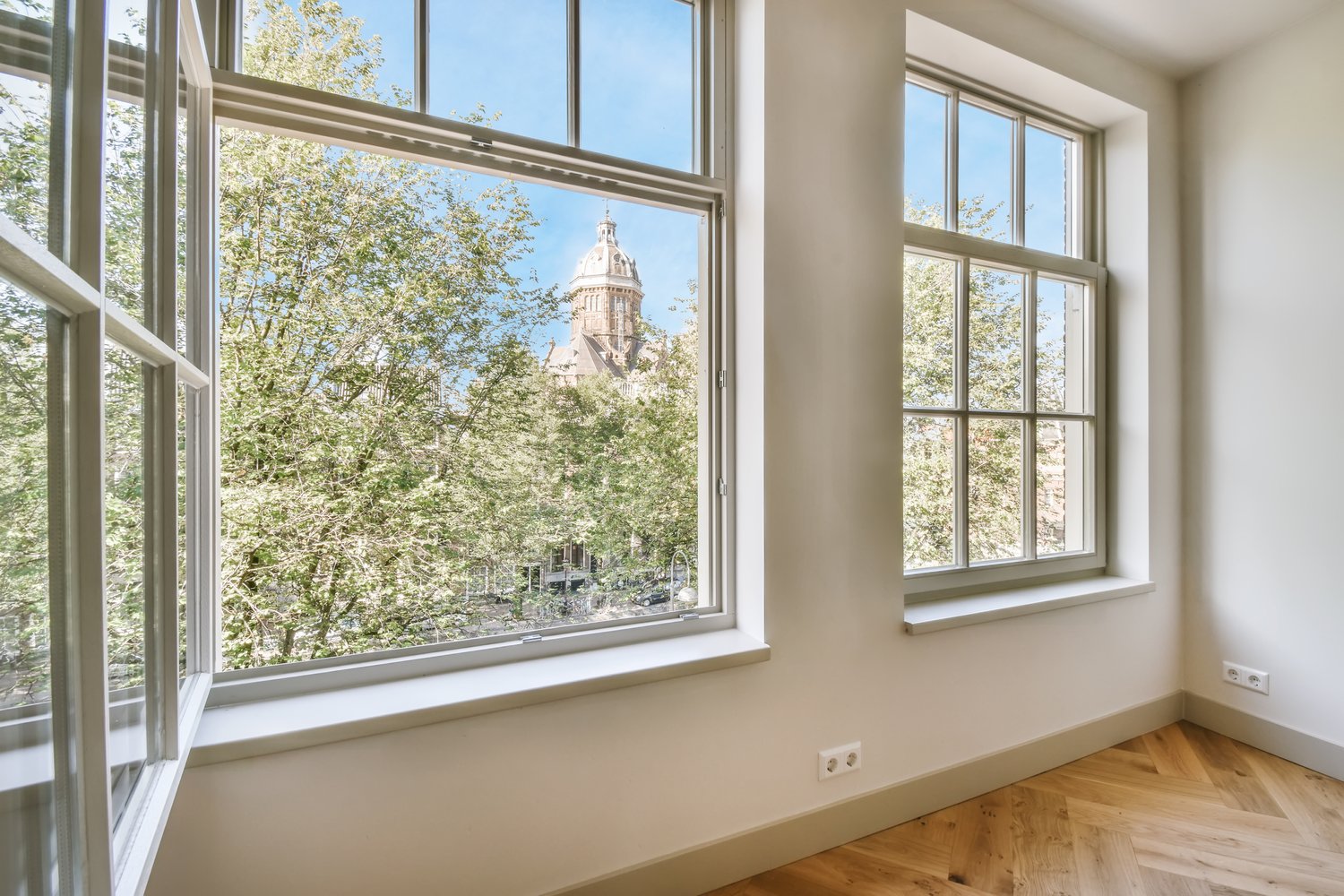When it comes to enhancing your home’s energy efficiency and comfort, window upgrades often top the list of impactful improvements. Triple glazing has gained popularity in recent years as homeowners seek more effective ways to insulate their properties. This article explores the key benefits of triple glazing, compares it with traditional double glazing, and helps you determine whether the additional investment is justified for your specific circumstances. We’ll examine energy savings, noise reduction, comfort improvements, and the long-term value proposition of these premium window systems.
What Exactly Is Triple Glazing?
Triple glazing consists of three panes of glass separated by two spacers, creating two insulating air or gas-filled gaps. This contrasts with double glazing, which features two panes with a single gap. The additional layer of glass and insulating space in triple glazing creates a more effective thermal barrier between your home’s interior and the outside environment. The spaces between panes are typically filled with argon or krypton gas, which provide better insulation than regular air. The entire assembly is sealed within a frame, creating a complete window unit that offers superior performance characteristics compared to traditional alternatives.
Energy Efficiency Advantages
Perhaps the most compelling reason homeowners consider triple glazing is the promise of enhanced energy efficiency. Triple-glazed windows can reduce heat loss by up to 50% compared to standard double glazing, resulting in significant energy saving windows for your home. This improved thermal performance means your heating system doesn’t need to work as hard during colder months, potentially leading to noticeable reductions in energy bills. The superior insulation also prevents cold spots near windows, creating a more consistent indoor temperature throughout your living spaces. For homes in particularly cold climates, these benefits become even more pronounced, making triple glazing an especially attractive option for properties in northern regions or areas with extreme temperature variations.
Noise Reduction Capabilities
Beyond thermal performance, one of the standout triple glazing benefits is superior sound insulation. The additional glass pane and insulating gap significantly reduce noise transmission, creating a quieter, more peaceful indoor environment. This feature is particularly valuable for homes located near busy roads, flight paths, or in urban settings with high ambient noise levels. The improvement in noise reduction compared to double glazing can be substantial, with some manufacturers claiming up to a 35% decrease in sound penetration. For light sleepers or those who work from home, this enhanced acoustic performance alone might justify the investment in triple glazing.
Enhanced Security and Comfort
The triple-layer construction inherently provides improved security compared to single or double-glazed alternatives. The additional pane makes the window more difficult to break, serving as a deterrent to potential intruders. According to experts at AskHomey, homeowners often report feeling more secure after upgrading to triple glazing, particularly in ground-floor installations. Beyond security, these windows eliminate cold drafts and reduce condensation issues that commonly plague lesser window systems. The inner pane maintains a temperature closer to that of the room, minimizing the temperature differential that causes condensation to form. This reduction in moisture accumulation helps prevent mold growth and associated health concerns, contributing to a healthier indoor environment.
Triple vs Double Glazing: Cost Considerations
When evaluating triple glazing, the cost differential compared to double glazing cannot be ignored. Triple-glazed windows typically cost 20-40% more than equivalent double-glazed units. This premium reflects the additional materials, manufacturing complexity, and installation requirements. However, the true value proposition emerges when considering the long-term benefits. Energy savings accumulate over the lifespan of the windows, which typically exceeds 20 years. Additionally, the enhanced comfort, noise reduction, and potential increase in property value provide benefits that extend beyond simple energy cost calculations. For homeowners planning to remain in their property long-term, the investment often makes financial sense despite the higher initial outlay.
Environmental Impact
From an environmental perspective, energy-efficient windows reduce a home’s carbon footprint by decreasing energy consumption for heating. While the manufacturing process for triple glazing requires more resources than double glazing, the lifetime energy savings typically offset this initial environmental cost. Homeowners concerned about sustainability should consider locally manufactured options to reduce transportation emissions and investigate manufacturers with strong environmental credentials. The overall environmental calculation generally favors triple glazing for properties in colder climates where heating demands are substantial throughout much of the year.
Is Triple Glazing Worth It For Your Home?
The answer to whether triple glazing is worth it depends on several factors specific to your situation. Homes in severe climates with extreme temperatures will benefit most from the superior insulation. Similarly, properties in noisy locations will gain significant quality-of-life improvements from the acoustic benefits. The investment makes more sense for homeowners planning to stay in their property long-term, allowing time to recoup the higher initial costs through energy savings and enjoyment of the comfort benefits. For new construction, incorporating triple glazing from the outset often proves more cost-effective than retrofitting later. Consider having a professional energy assessment conducted to evaluate the potential benefits for your specific property before making a decision.
For more tips and to connect with reliable home service professionals, follow AskHomey on Facebook and Instagram.



